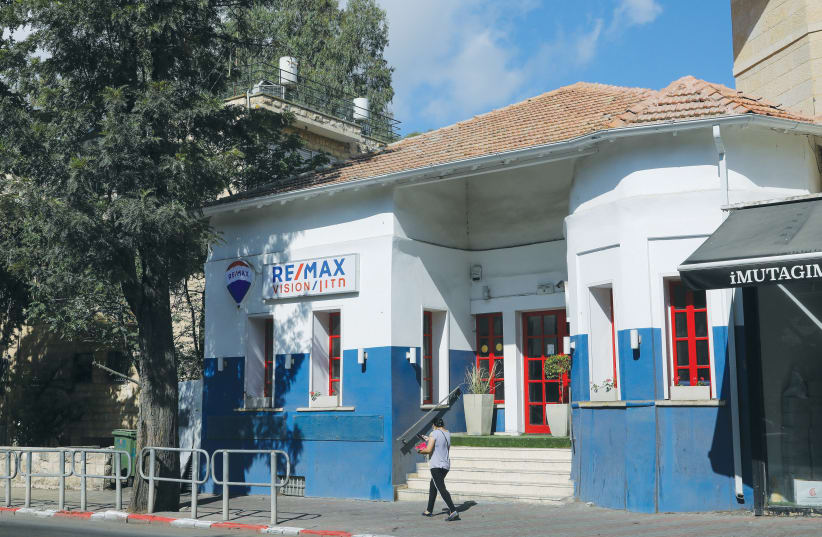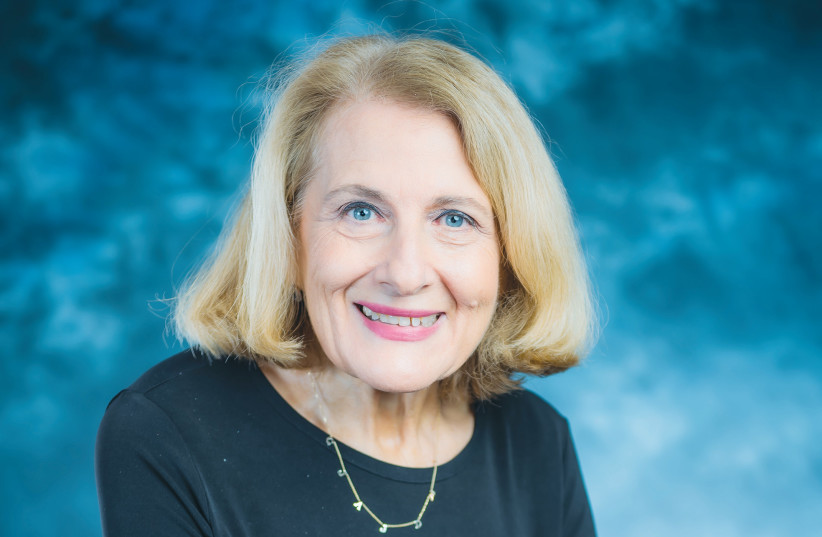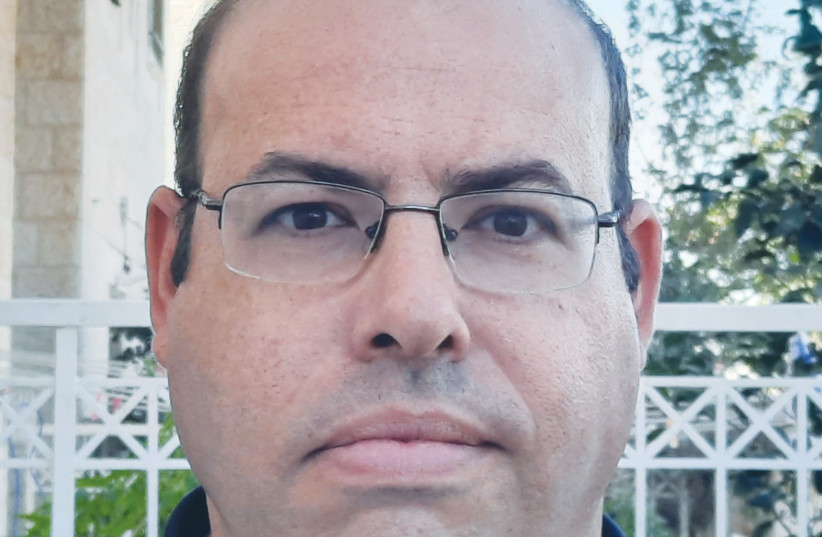“Ten measures of beauty were bestowed upon the world,” says the Talmud. “Nine were taken by Jerusalem, and one by the rest of the world.”
While few would take issue with this rabbinic aphorism, when it comes to residential real estate in the capital, it seems that the vast majority of those nine measures are being purchased by wealthy Jews from around the world, leaving little for those of lesser economic means.
In an attempt to gauge the nature of the current real estate market in Jerusalem, In Jerusalem spoke with several leading real estate agents and mortgage brokers who deal with properties in the Jerusalem area.
The verdict? Prices in Jerusalem are rising rapidly, apartments are snapped up almost as soon as they become available, rentals are scarce and not enough new projects are being built in the area.
While many would not consider this information particularly surprising, the wild rush on real estate in Jerusalem, say these experts, is due to a variety of external factors, including world antisemitism, the effects of the booming stock market and the pandemic.
“IT’S EXTREMELY interesting times,” says Shelly Levine, owner and manager of Tivuch Shelly, one of Israel’s leading real estate agencies. “Ever since corona and the terrible antisemitism all over the world, everyone is pushing on the real estate market. Prices are crazy.”
Levine says that Israeli real estate has always been a good investment, and both Israelis and Jews living abroad want to own property in Israel.
She explains that in order for projects to get under way, the government must issue tenders, and builders then bid on these tenders. Compounding the existing housing shortage, Levine says, the government has not issued enough tenders in the past year-and-a-half.
In addition, says Levine, the nature of aliyah has changed since she made aliyah in the late 1970s.
“When I moved to Israel in 1978, people came out of total idealism because we were strictly Zionists. We wanted to live in our own country and our own state and make Israel a better place.
“Today, people want to do the same thing, but there are great economic opportunities in Israel. People don’t come here to live a lesser life than they could live in America. It’s not like it was in the 1980s.”
As a result, she explains, many people who make aliyah are coming with more money and want correspondingly higher-end dwellings.
Levine says there is a tremendous number of people who want to make aliyah. With the revolution in mobile work platforms such as Zoom, many new olim retain their jobs in the United States and work remotely. Added to that, she points out, there are retirees in their 60s and 70s whose children have moved to Israel and who want to spend six or seven months a year living near their children.
One of the major problems in Jerusalem real estate, says Levine, is that of “ghost” projects, where many apartment owners live overseas and spend a limited amount of time in Israel each year, primarily during the holidays. “We have Jewish investors around the world buying up expensive real estate and ghost towns. That is the basic problem of Jerusalem.”
Levine adds that absentee ownership of apartments occurs in other areas of the country and is not limited to Jerusalem.
Levine, whose company was responsible for many affordable projects in and near Jerusalem, such as the Sheinfeld neighborhood in Beit Shemesh and neighborhoods in Ma’aleh Adumim, says the government has to “get its act together and put out tenders to meet the need – then prices will stabilize.”
She stresses that prices will continue to rise if the demand for new projects in and around Jerusalem is not met.
Lamenting the current situation in Jerusalem, Levine says, “Israeli real estate investors can’t be just for rich Jews – American, British and Israeli. We must put out stuff for the average person. Everyone has a right to own a piece of ‘the rock.’ Not everyone’s family can afford to give them $200,000 to make a down payment. We must be responsible to build and have housing for everyone in this country.”
NACHI PARIS, 43, owner of Jerusalem-based Nachi Realty since 2010, concurs with Levine on the overall housing situation in Jerusalem.
“It is bad news for buyers,” he says. “Prices have never been as high in the sales market.”
Paris says that while the most expensive properties in Jerusalem are being purchased by French, Australian, American, Canadian and Swiss Jews, an additional group of purchasers includes people from places like Ra’anana and Hashmonaim in their 60s and 70s who are downsizing, selling their large homes and looking to purchase smaller apartments in the capital’s Baka and Rehavia neighborhoods.
With all the interest in these properties in Jerusalem, says Paris, the demand far surpasses the supply.
To illustrate the shortage, Paris relates the story of a prospective buyer who visited several years ago from Monsey, New York. He showed him several four-room apartments in Rehavia. Sitting with Paris, the client asked to see four more properties the next day.
“I said to him, ‘You missed the point – those are the only four-room apartments in Rehavia that are at your budget. There aren’t any more.’ He said to me, ‘In Monsey, there are 1,000 apartments available at one time.’”
Paris had to explain to the client that Monsey is far bigger than the total area of all of Jerusalem’s neighborhoods put together.
According to Paris, real estate prices in Jerusalem range from NIS 16,000 per square meter in areas like the Katamonim neighborhood near Malha to NIS 55,000 per square meter in high-end, luxury projects.
The least expensive neighborhoods in Jerusalem, he says, are Gilo, Kiryat Yovel, Armon Hanatziv and Kiryat Menahem. Unsurprisingly, he adds, the most expensive areas are Mamilla, Rehavia, Talbiyeh, the German Colony, Baka and Old Katamon.
He also cautions buyers of new projects to be aware of the building materials index. In the past five or six years, he says, it increased relatively slowly, but recently it has gone up 3.7%, which can add a substantial amount to the final purchase price.
Paris is less concerned about absentee ownership of apartments in Jerusalem, and suggests that it is something of an urban legend. The homes in Mamilla, which most people associate with that phenomenon, were built and sold to exceptionally wealthy people with the expectation that they would not be there most of the time. He says that other large ghost areas are Rehavia, with a rate of about 10%, and the Wolfson complex, with about 20% of the owners not living there on a full-time basis. Overall, he says that absentee owners make up between 3% and 4% of the city’s housing.
TZVI SHAPIRO, co-founder of First Israel Mortgage, has been in the mortgage business for 11 years and says that according to some estimates, prices in Jerusalem have gone up as much as 7% in areas that are in high demand, in the range of NIS 4 million-NIS 6m. He reports that several of his clients from overseas have purchased expensive properties sight unseen.
“One client bought a property for NIS 10m. ‘I don’t even like the place,’ he told me. ‘I’m just scared there’s not going to be anything left.’
“If one person is saying that,” says Shapiro, “there are a lot more that are thinking it.”
Shapiro says that high-end real estate in the city can go for as high as NIS 60,000 per square meter, and he knows of properties in the Sha’arei Hessed neighborhood that have sold for as much as NIS 100,000 per square meter.
He notes that the pandemic affected his business in a very unusual way. Initially, things were quiet, but since that first period, he reports, there has been a 150% increase in demand. “Jews who had Israel on their radar were uneasy with the social and political situation in the United States, coupled with the stock market hitting highs month after month, and then COVID came.” According to Shapiro, these people may not be making aliyah immediately but want to have a house available for the future, should they need or want to make aliyah at a later date.
Moshe Cornfeld, a veteran commercial and residential real estate agent and owner of Esek.co, suggests that during COVID, prices of larger properties, such as garden apartments and penthouses and those with large amounts of open space, increased because people wanted more space after spending a great deal of time at home during lockdowns and quarantines.
Shapiro says the high prices of Jerusalem real estate may ultimately affect the availability of rental properties as well. Many foreign residents purchase property for a variety of reasons, says Shapiro. They may be looking for a safety net due to the American political situation, or they may be taking advantage of the fact that the stock market is at an all-time high, and are looking to purchase an investment property which they may or may not rent out.
“If they don’t rent them out, then we will see even less of a supply in the rental market,” he says. “Many want to do short-term rentals.”
Today, Shapiro reveals, many buyers of luxury property in Jerusalem are much younger than one might expect. “Those buying luxury properties used to be older people who had built up financial means. Today, because so much wealth is created in such a short amount of time, we are seeing buyers purchasing properties upward of NIS 10m. who are in their 30s and 40s.”
Affluent people from the United States who are buying property in Israel, suggests Shapiro, want larger and more expansive properties than in earlier years. For people buying second homes in Jerusalem, “it used to be sufficient to have a place to hang your coat in Israel – to have a nice house in Teaneck, and a dinky house here to visit in Israel.” The creation of wealth in the US leads those who want to purchase a home in Israel to prefer apartments that resemble their American homes, which correspondingly squeezes out people at the low end.
Shapiro says that he is often asked whether the real estate market in Jerusalem is a bubble that is about to burst.
In this regard, he says that residential real estate in Israel is unlike anywhere else in the world. “For those who are looking to invest in real estate in Israel, it’s not an investment like investing in Las Vegas or Miami. It’s the only Jewish homeland. Jews from every corner of the world – we have clients from Portugal and Russia, Mexico, New York, and New Jersey – all of whom feel they need to have a safety net, something that they can run away to, if they are forced to, if the situation changes where they live, or they want to – all of them are buying as an insurance policy, essentially. There has been a lot of wealth created in the world. Every Jew with a pulse and a little bit of money decided ‘We need to own in Israel,’ and that is what we are seeing manifest now in terms of pricing.”
Like Levine, he laments the scarcity of building in Jerusalem.
Most neighborhoods are out of reach for the average Israeli family, says Shapiro, and those who want to remain in Jerusalem must move to areas such as Gilo and Har Homa or out of Jerusalem entirely.
Noting the massive amount of commercial building that is occurring in the city, he says, “Jerusalem has invested a tremendous amount of money developing the entrance to the city, and will see a tremendous supply of office and commercial space in that area.
“It would be in the interest of holistic growth for the city to invest just as much in creating more supply in terms of residential living and finding ways to do that. If that means that you are pushing beyond, in the areas of Ramot, and doing more building, they need to understand that the demand is there. I think it would be a shame to see all the commercial and office space go up in the center of the city while pushing residents out of the city.”
The government, he says, needs to initiate more building projects in the Jerusalem area to increase supply and ultimately lower prices. “Drive down Highway 1 between Jerusalem and Tel Aviv. Look to the left and look to the right – there are rolling plains with nothing built. It’s classic bureaucracy. The opportunity is there to create more neighborhoods outside Jerusalem or very close to Jerusalem and essentially expand the footprint of the Jerusalem area. For strictly bureaucratic reasons, we have failed to do so.”
Shapiro suggests that, ultimately, it would be more productive for Jerusalemites to pressure politicians to have the government increase building in the area. “If you are a young couple living in Jerusalem and you want to see change, instead of getting angry at the foreigners who are buying in Israel, let’s demand from elected officials that they figure out a way to increase supply instead of dampening demand.”
Updating the Talmudic aphorism, if the pace and measure of building in Jerusalem could be increased tenfold, perhaps the city’s beauty could be enjoyed by a larger number of people.



